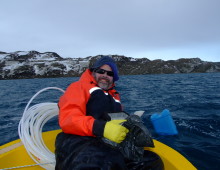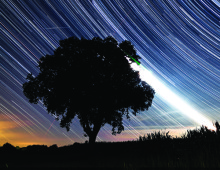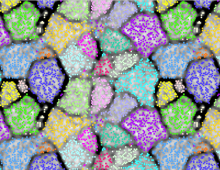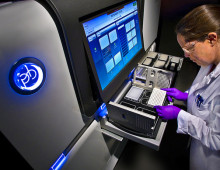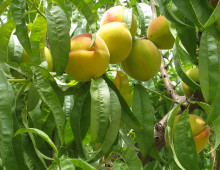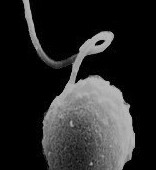Cold, Salty and Promiscuous—Gene-shuffling Microbes Dominate Antarctica’s Deep Lake
Sequestered in Antarctica’s Vestfold Hills, Deep Lake became isolated from the ocean 3,500 years ago by the Antarctic continent rising, resulting in a saltwater ecosystem that remains liquid in extreme cold, and providing researchers a unique niche for studying the evolution of the microbes that now thrive under such conditions. Deep Lake’s microscopic inhabitants are… [Read More]
